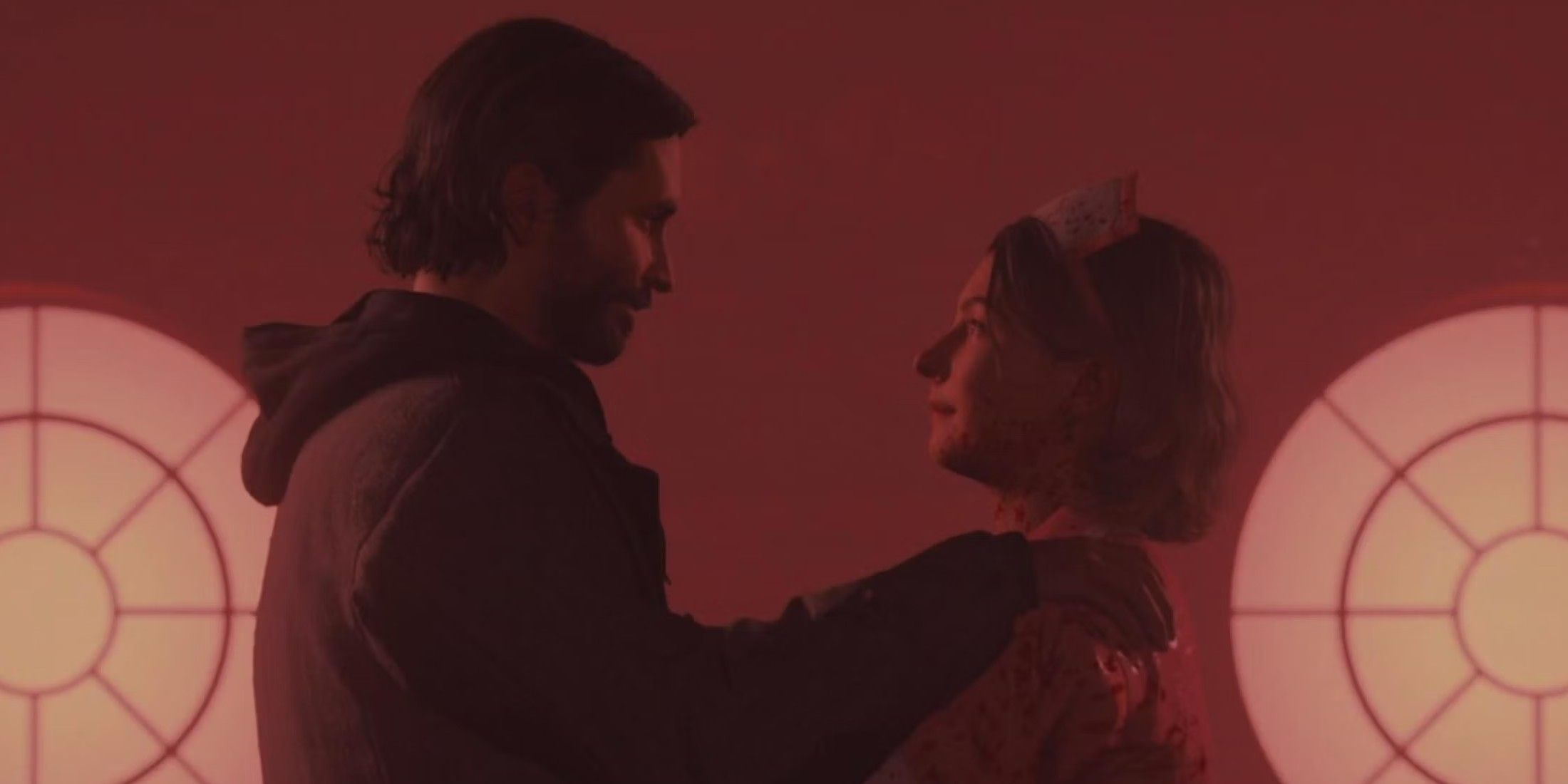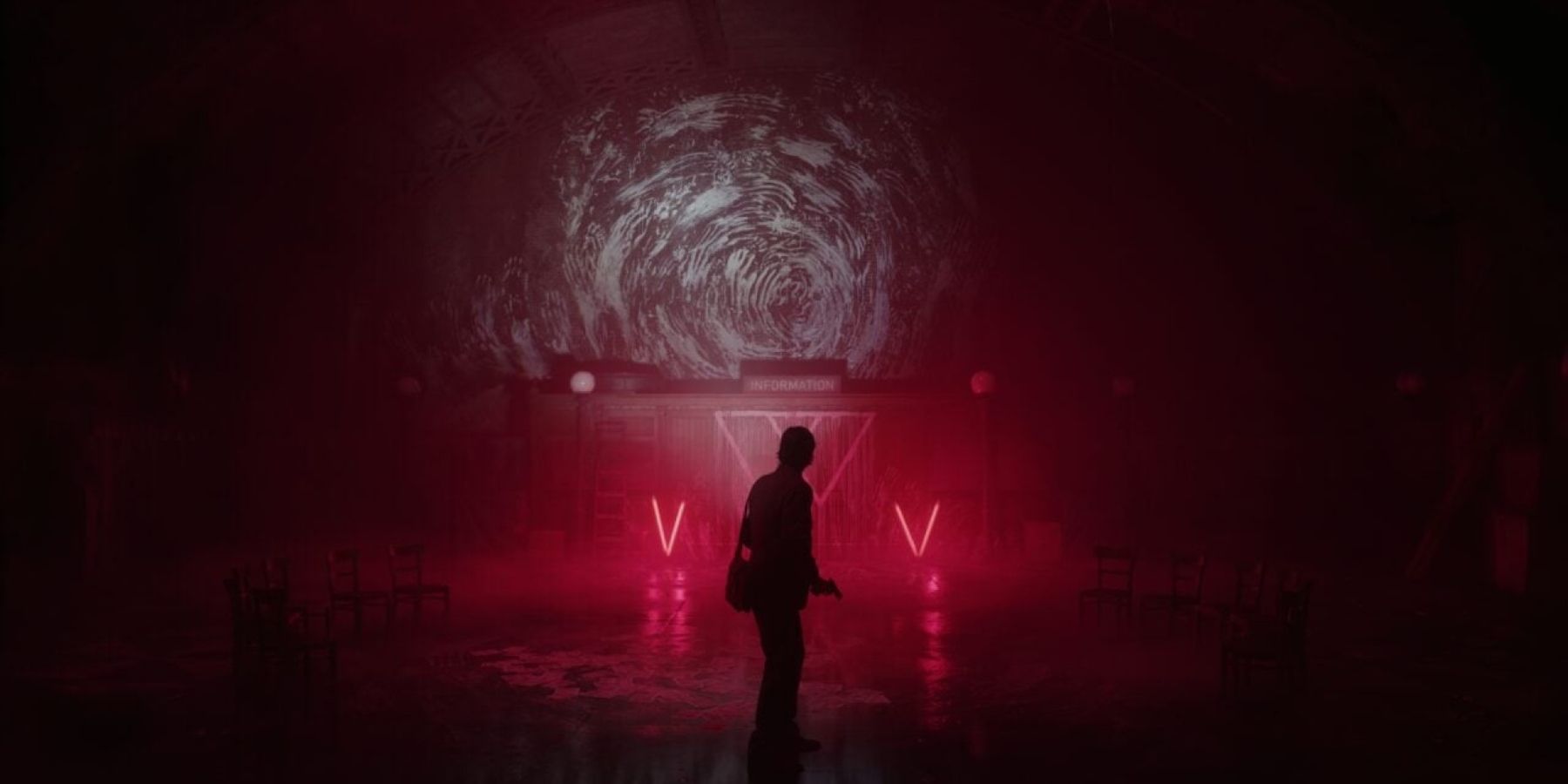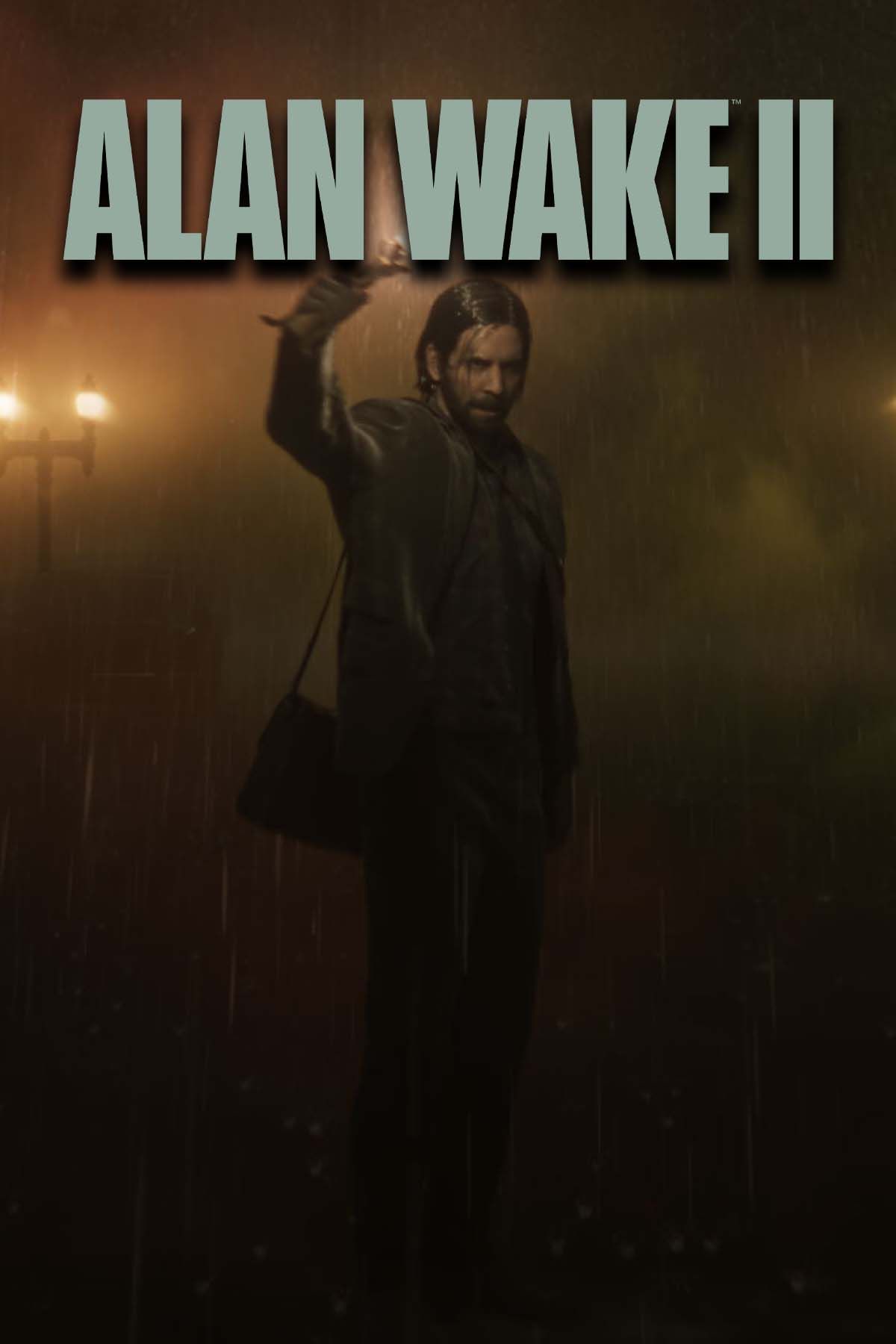Highlights
- Alan Wake 2 explores the concept of shifting reality through storytelling and takes it to the next level with meta-narratives and complex literary devices.
- The game utilizes cliffhanger endings in each chapter, accompanied by dramatic cuts to black and the words "End of Chapter," keeping players invested in the story and creating breaks in pacing.
- The cliffhangers come at the perfect time, following major reveals or exciting set-ups for the next chapter, creating suspense and leaving players with big questions, similar to a horror novel or TV show.
One of the biggest hooks of Alan Wake was its core concept of a writer who's able to shift reality using their own stories. In the first Alan Wake, this concept is explored fairly well, essentially acting as one of the game's main mysteries and informing a set of collectible manuscripts that players can use to get an edge over encounters that are still yet to occur. But Alan Wake 2 really takes things to the next level.
Alan Wake 2 dives head first into this core concept of writing and narratives, and what goes into making a story. As should be expected from a recent Remedy Entertainment title, it doesn't take long before Alan Wake 2 dives into meta-narratives and themes, and very quickly the narrative grows into a story within a story, and that story is even given some additional Inception-like layers. In the process of delivering such a meta story, Alan Wake 2 implements some classic literary devices, and there's one in particular that's used to great effect throughout the game: cliffhangers.
Alan Wake 2 Makes Great Use of Cliffhanger Endings
Alan Wake 2's Cliffhangers Fit the Horror Novel Premise Perfectly
Though it starts off as a simple detective drama, Alan Wake 2 starts to throw more and more supernatural elements at the player almost immediately, along with a handful of Sci-Fi concepts, some of which are surprisingly complex. But one of Alan Wake 2's biggest narrative elements is its meta storytelling, in which the events of the game's story seem to poke fun at themselves in a self-aware way, as if the characters within the story know that they're in a story and know that they're confined within the genre's usual tropes and plot beats.
Without spoiling too much, Alan Wake 2's plot ends up falling into the same general rhythm as a horror novel or horror video game, just like the first game was based around the confines and tropes of a psychological thriller. While Alan Wake 2 therefore uses a wide range of classic horror beats for its own story, there's one classic technique that runs throughout the game, and that's cliffhangers.
Each and every chapter of Alan Wake 2 ends with a dramatic cliffhanger. These cliffhangers are always accompanied by an abrupt cut to black, a deep booming sound, and the words "End of Chapter" boldly stated on screen. A song then begins to play, used to signify an intended break in the game's pacing. From here, it's up to players whether they continue, or choose to call it a night, just like they would a horror novel or TV show.
Alan Wake 2 has a total of 11 intermission songs, all of which have lyrics that relate closely to the game's story and themes.
Alan Wake 2's Cliffhangers Keep Players Invested
But by far the best aspect of Alan Wake 2's cliffhangers is that they always come at the perfect time. The vast majority of Alan Wake 2's cliffhangers are delivered immediately following a major reveal, or following an exciting set-up for the next chapter. For instance, an early cliffhanger in Alan Wake 2 sees Saga exit the Overlap and find the titular writer washed up on Cauldron Lake's shore, leaving some huge questions hanging in the air. And later on in the game, the chapter comes to a dramatic finale when Saga finally takes back an Object of Power that she's been hunting for, setting up some big things for the next mission. These cliffhangers are a great way of keeping players invested in the story and clued into the narrative's most pivotal moments.





